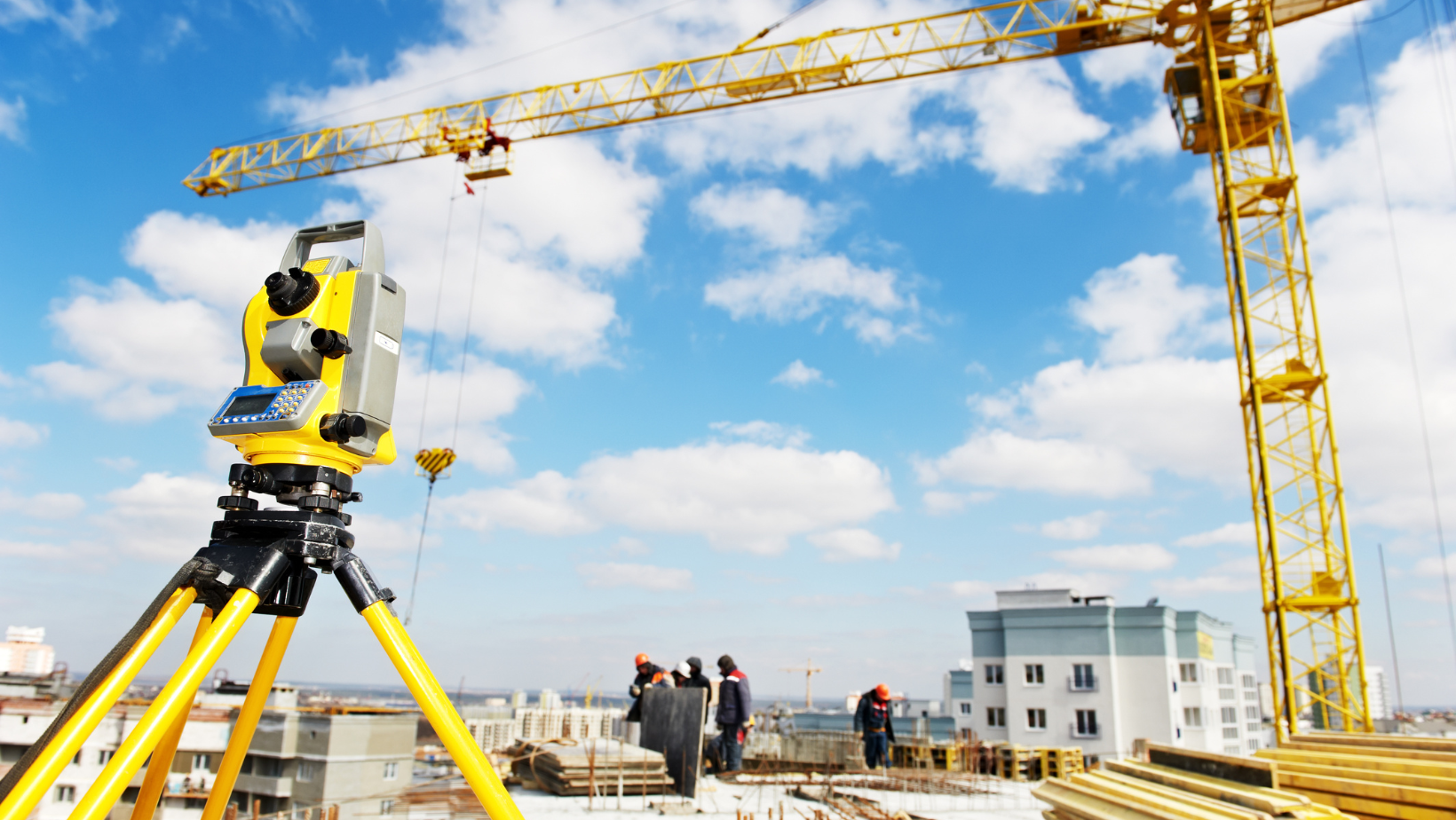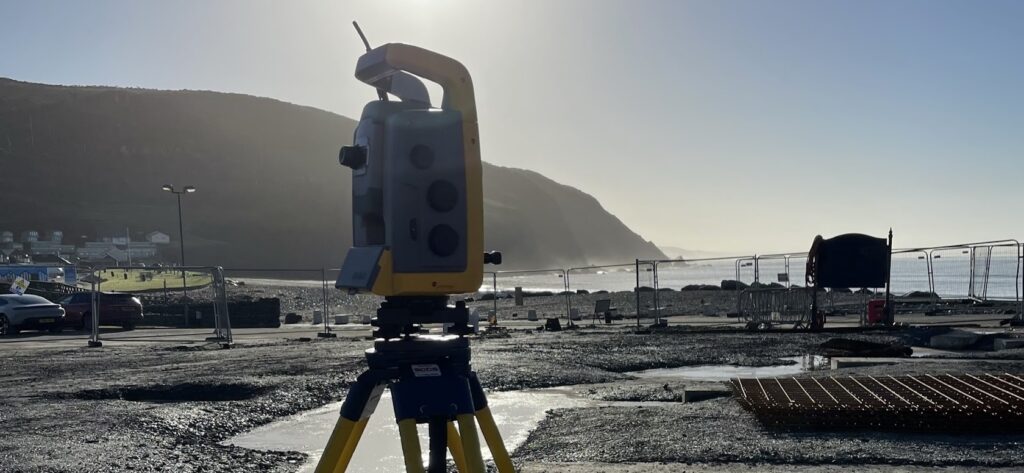The Benefits of Topographical Surveying in Construction and Planning
The Benefits of Topographical Surveying in Construction and Planning
Blog Article
Essential Devices and Techniques in Setting Out Engineering
The self-control of setting out engineering relies heavily on a suite of essential devices and methods that underpin the accuracy and efficiency of project implementation. Instruments such as land surveyor's degrees, overall terminals, and advanced GPS technology are indispensable for developing precise recommendation points. Additionally, the integration of typical methods with modern practices, consisting of geospatial analysis and 3D modeling, offers substantial advantages in visualizing site problems. Understanding how these aspects engage is important for reducing mistakes and improving project end results, yet the nuances of their application often continue to be overlooked. What implications does this hold for future engineering methods?
The Significance of Accurate Measurements

The value of accurate dimensions prolongs past plain compliance; they are indispensable to the overall performance of design procedures. Errors can result in worldly waste, task delays, and raised labor costs, eventually impacting the job's bottom line. Additionally, specific measurements boost the high quality of the end product, guaranteeing that it executes as planned and meets the expectations of stakeholders - setting out engineering.
In addition, the importance of exact dimensions is evident in numerous engineering self-controls, consisting of civil, mechanical, and electric design. Hence, fostering a culture that focuses on accuracy is essential for the future of design.
Necessary Devices for Establishing Out
Laying out, a critical phase in the engineering and construction process, depends greatly on specific tools that make certain exact area and alignment of frameworks. Among these tools, the property surveyor's level stands out, supplying accurate horizontal dimensions essential for establishing referral points. This instrument enables designers to identify elevation modifications and preserve uniformity across the task site.
The overall station is an additional indispensable tool, integrating electronic range measurement with angular dimension capacities. This modern technology boosts performance and accuracy in catching spatial information, enabling for effective website format and planning.
In addition, the usage of gauging tapes and marking devices, such as chalk lines or risks, is essential for briefly noting borders and crucial points on the website. These basic tools, though basic, are critical for ensuring clear interaction amongst the construction team concerning project specs.
Lastly, GPS technology has obtained grip in laying out procedures, supplying real-time placing information and significantly improving accuracy over traditional methods. Collectively, these necessary devices develop the backbone of efficient laying out methods, eventually adding to the successful execution of engineering and construction jobs.
Advanced Checking Strategies
Advanced surveying strategies play a critical role in enhancing the accuracy and efficiency of design jobs. These strategies incorporate a series of techniques that supply exact information for style and building. Standard approaches, such as progressing and triangulation, have evolved into a important site lot more innovative techniques, including Overall Terminal surveys and Global Navigating Satellite Systems (GNSS)
Overall Terminal tools incorporate electronic theodolites with distance measurement capabilities, allowing surveyors to collect precise place data with excellent speed. This innovation considerably decreases mistakes connected with manual measurements and gives real-time information processing. GNSS uses unmatched accuracy for large-scale jobs by using satellite signals to establish exact positioning, which is important for straightening frameworks and making sure conformity with design requirements.
In enhancement to these devices, progressed techniques also include geospatial analysis and 3D modeling. These approaches make it possible for engineers to envision surface and site conditions better, helping with better decision-making during the planning phase. By employing these innovative evaluating techniques, design tasks can accomplish higher precision in design, decrease rework, and inevitably boost total job success.
Digital Modern Technology in Design
The integration of digital innovation has reinvented engineering practices, enhancing both productivity and precision across various disciplines. Tools such as Building Details Modeling (BIM) facilitate the visualization and monitoring of intricate jobs, permitting designers to collaborate flawlessly and make informed decisions. This innovation makes it possible for the creation of thorough 3D designs, which check that can be examined for architectural honesty and effectiveness prior to building starts.

The application of expert system and artificial intelligence in design procedures better boosts anticipating upkeep and optimization of sources. These technologies make it possible for the analysis of huge data sets, bring about better projecting and improved task outcomes. Overall, digital technology is improving the engineering landscape, driving innovation, and guaranteeing that jobs are finished with higher efficiency and reduced risk. As the sector remains to advance, accepting these tools will be necessary for future success.
Ideal Practices for Execution
When carrying out electronic innovation in design, it is critical to develop a tactical technique that straightens with task objectives and organizational capacities. A comprehensive assessment of existing operations and technology infrastructure is important to recognize gaps and chances for enhancement. Engaging stakeholders early at the same time fosters collaboration and makes certain that the innovation satisfies customer requirements.

Project managers ought to adopt an iterative implementation approach, enabling changes based on real-time comments and efficiency examinations. This dexterous method not just mitigates dangers but likewise advertises constant renovation by incorporating lessons learned.
Conclusion
In conclusion, the assimilation of vital devices and advanced techniques in establishing out design is vital for guaranteeing precision in measurements and effective project execution. Utilizing tools such as surveyor's levels, overall stations, and GPS technology, along with modern evaluating techniques, boosts precision and lowers the likelihood of mistakes. Embracing best techniques in execution better optimizes these processes, inevitably fostering boosted task results in the engineering and building and construction sectors.
The self-control of establishing out design depends heavily on a suite of necessary tools and methods that underpin the accuracy and effectiveness of job implementation.Furthermore, the importance of exact dimensions is apparent in numerous engineering disciplines, consisting of civil, mechanical, and electrical design. By utilizing these advanced surveying methods, engineering tasks can achieve better accuracy in design, decrease rework, and eventually improve overall project success.
Generally, digital innovation is improving the engineering landscape, driving technology, and ensuring that jobs are completed with better performance and decreased danger (setting out engineering).In conclusion, the integration of essential tools and progressed techniques in establishing out design is important for making certain accuracy in measurements and effective project implementation
Report this page